Science
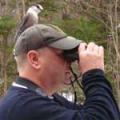
The Birdman of Northern Maine
In Northern Maine, Bill Sheehan is a bird’s best friend
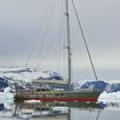
From Maine to the Arctic
A Maine-based vessel provides a platform for multi-year Arctic research.
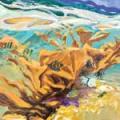
Krisanne Baker and the Sea
An artist and a snorkeler, Baker is also a snorkeling artist.
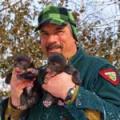
A Date with Hibernating Black Bears
Scientists make a wellness check inside a wintertime bear den.
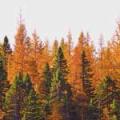
In Search of the Biggest Tamarack
A significant tree with connections to boatbuilding
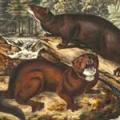
The Sad Tale of Maine’s Extinct Sea Mink
Researchers investigate the species known as the sea mink, which went extinct in Maine 150 years ago
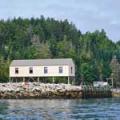
Hurricane Island Unveils a New Research Station
A new state-of-the-art science lab on Hurricane Island features cutting-edge construction technologies and will be a base for cutting-edge marine research
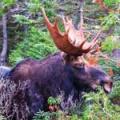
The Fine Art of Moose Calling
Calling moose is thrilling, but it’s not for the faint of heart.
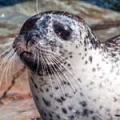
A Seal’s Best Friend
Call her the seal queen. Lynda Doughty rescues and rehabilitates stranded seals and other mammals.
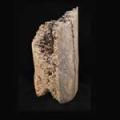
Shipwrecks, Shipworms, and the Fate of Forests in the Sea
The naval shipworm is actually a clam with an insatiable appetite for wood.






